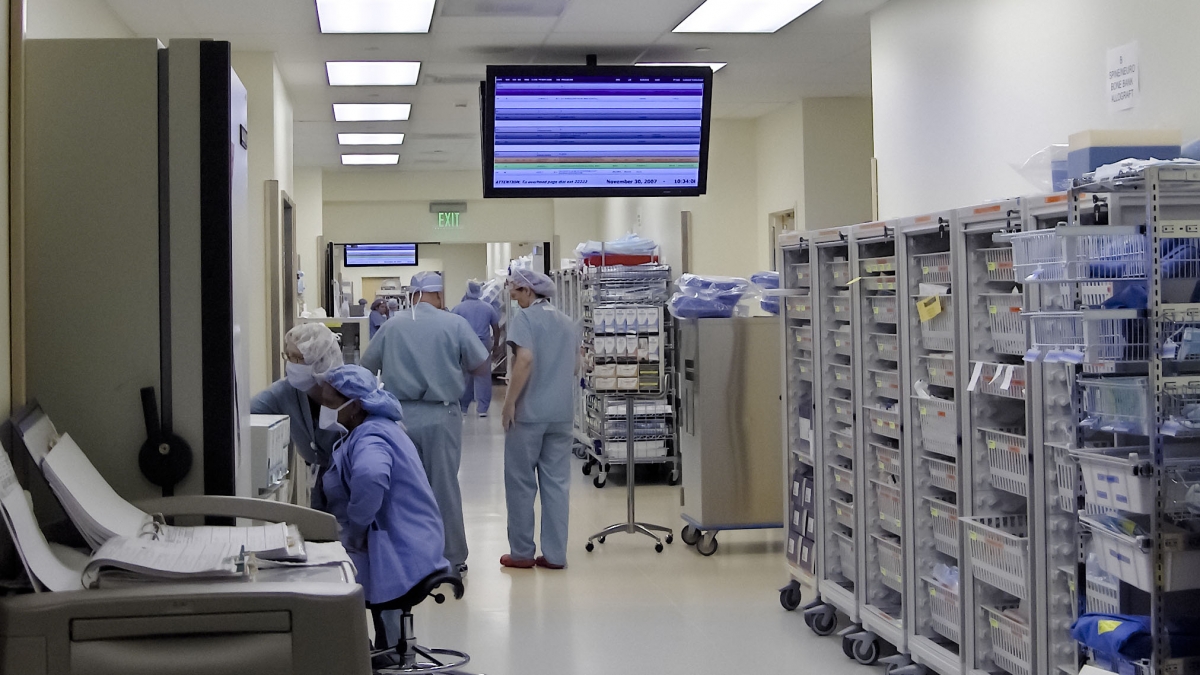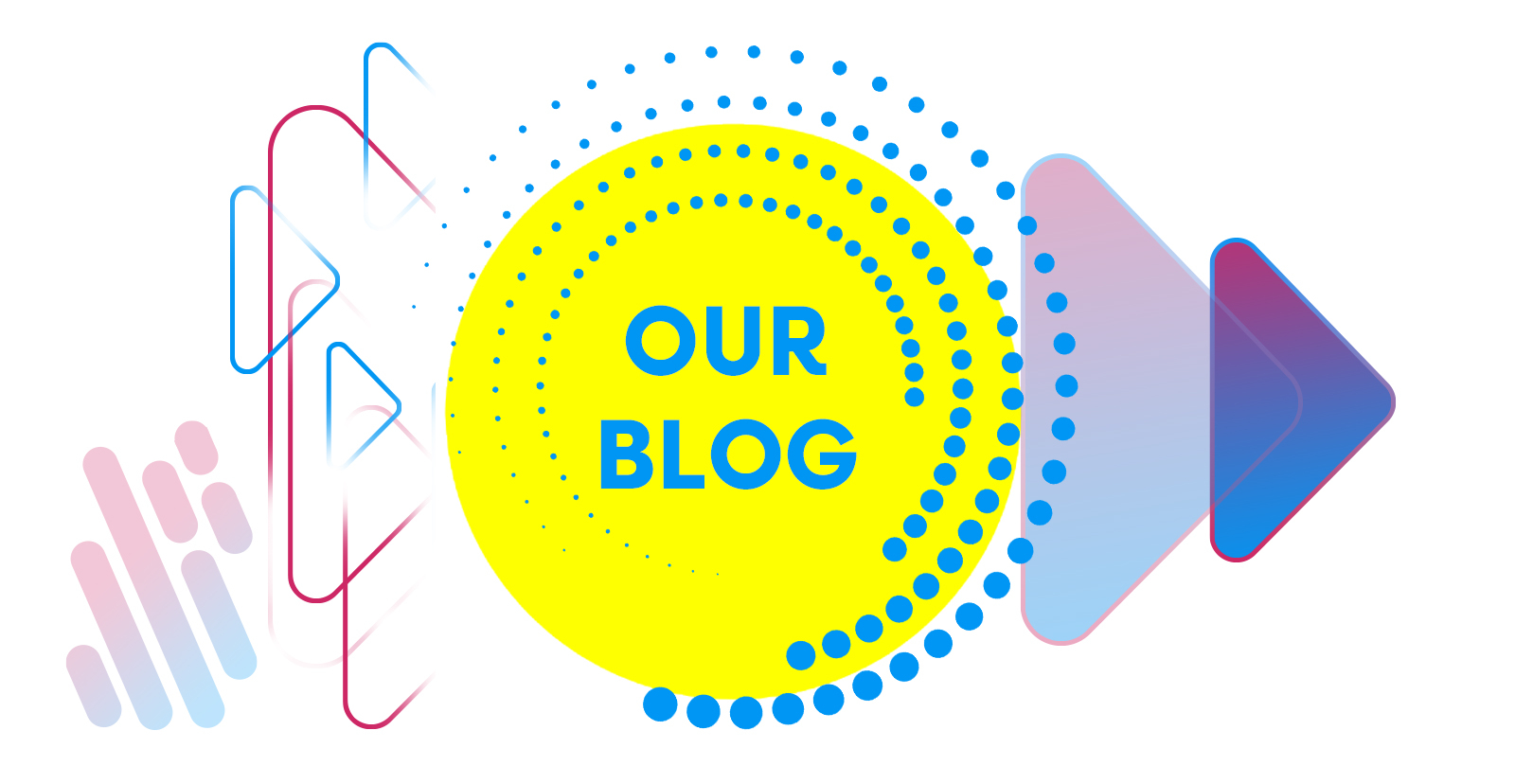Digital signage is used in many businesses, ranging from manufacturing to transportation to healthcare. Medical facilities can be dynamic and unpredictable in some ways, and digital signage allows these healthcare facilities to communicate in real time with up-to-the-minute information directed at employees, patients, and visitors.
6 Ways Digital Signage is Helping in Healthcare
Healthcare is one of the fastest-growing verticals in the digital signage industry. Today you'll find digital signs in spaces ranging from waiting areas to patient rooms to cafeterias to corridors in medical facilities. There are many ways digital signage can improve healthcare, below are six of the most popular ways.
1. By providing information to facility employees
Medical facilities are among the most dynamic of workplaces, even for people who do not work directly in patient care. Digital signage is a fast and cost effective way for healthcare organizations to share information. For example, the employees in a hospital call center can benefit from digital signs that display current call data to help agents work as efficiently as possible. Additionally, digital signage can inform employees of room schedules, internal information, or facility updates.
2. By helping patients and caregivers find their way around
One of the most important use cases for digital signs in hospitals is in helping people find their way around the facility. Outpatients may need help finding radiology or other services, while visitors may not know how to find their loved one's room. Interactive wayfinding kiosks and directional signage screens can help patients and caregivers find where they need to go quickly and easily, reducing stress and making for a better hospital experiences.
3. By providing dynamic information about philanthropic donors
Many hospitals rely on philanthropy and fundraisers to kick-start major building projects, and digital signs can help with this process too. An electronic "donor wall" can display information about the facility's financial contributors, including photos of donors, or web links to the foundations they represent. Additionally, healthcare organizations find digital signage about donors to be much more engaging than a simple engraved plaque on a wall.
4. By helping the hospital run more smoothly
Often busy emergency departments issue numeric codes to patients when they arrive. Digital signage in the facility can display the codes with estimated wait times. In treatment areas, it may be installed next to patient doors to display status information for clinical staff. As well, in areas such as operating rooms digital signage can provide real-time updates on rooms that are in use so nurses and administrative staff aren't constantly providing that information. While simple applications they make a measurable difference in how efficiently hospitals are run. The "real-time" nature of digital signage makes it perfect for healthcare.
.
5. By using digital signage for marketing
Marketing is more important as healthcare profit margins shrink and facilities look for ways to increase revenues. Healthcare facilities can use digital signage to build awareness for healthcare services. For instance, if a hospital offers telemedicine services for follow-up, a digital sign might explain how this works. Additionally, digital signage can explain how to do things like schedule an annual mammogram or other preventitive services.
6. By making waiting less boring
Waiting rooms are not enjoyable places, particularly those that don't allow use of mobile phones. However, digital signage can provide dynamic content, such as news, weather and healthcare tips, to people waiting. While it doesn't shorten the wait the visual distraction will make the wait time feel shorter.
Conclusion
The constantly changing nature of the healthcare environment is a natural fit for digital signage. It is easy to update and provides employees, patients, and visitors with relevant real-time information.
Powerful digital signage systems are available in a variety of sizes, configurations, and price points. Facilities from the smallest physician practice to the largest hospital can provide real-time information to employees and patients. Most importantly, the return on investment for digital signage in healthcare can be fast and better still, long-lasting.
